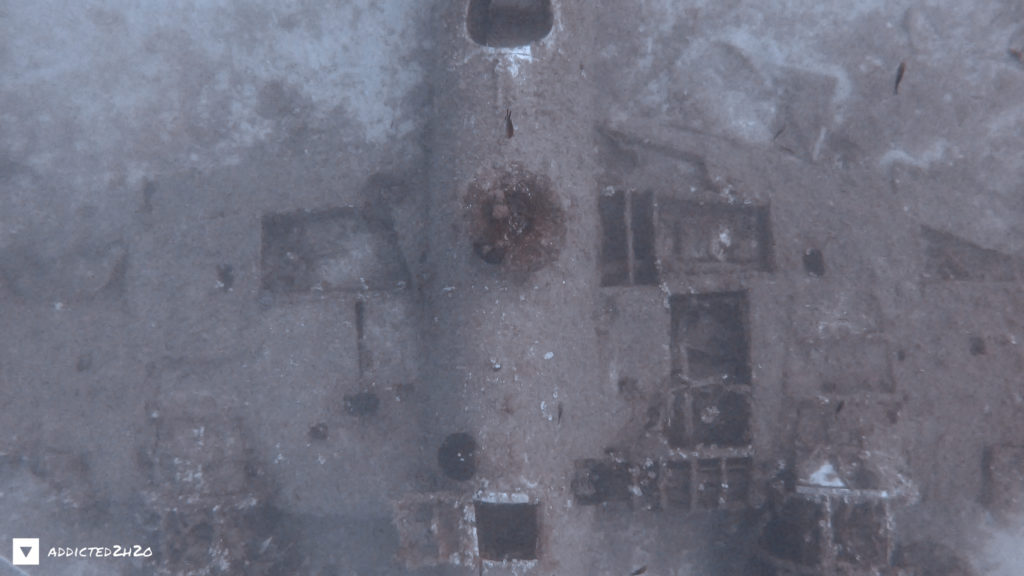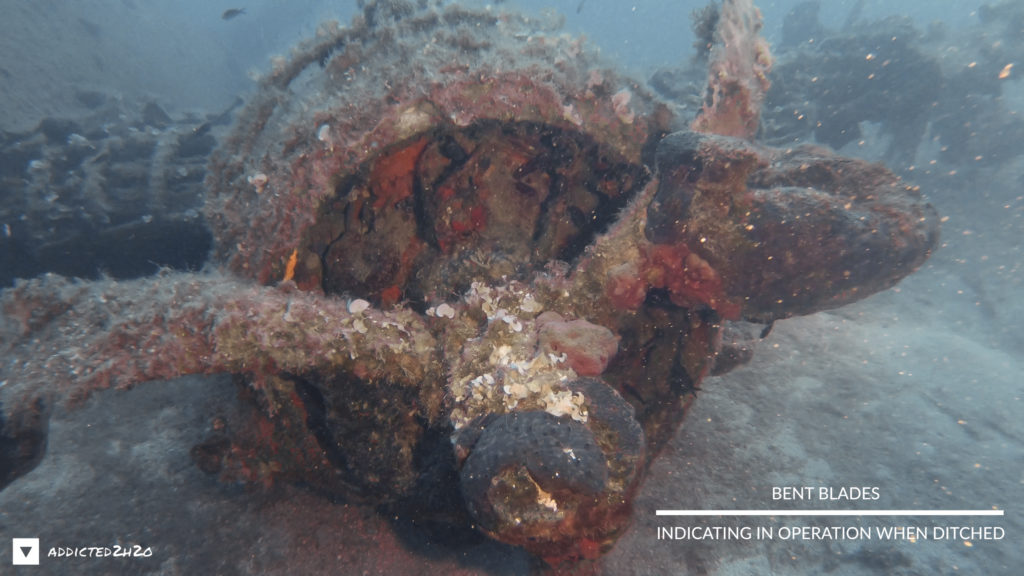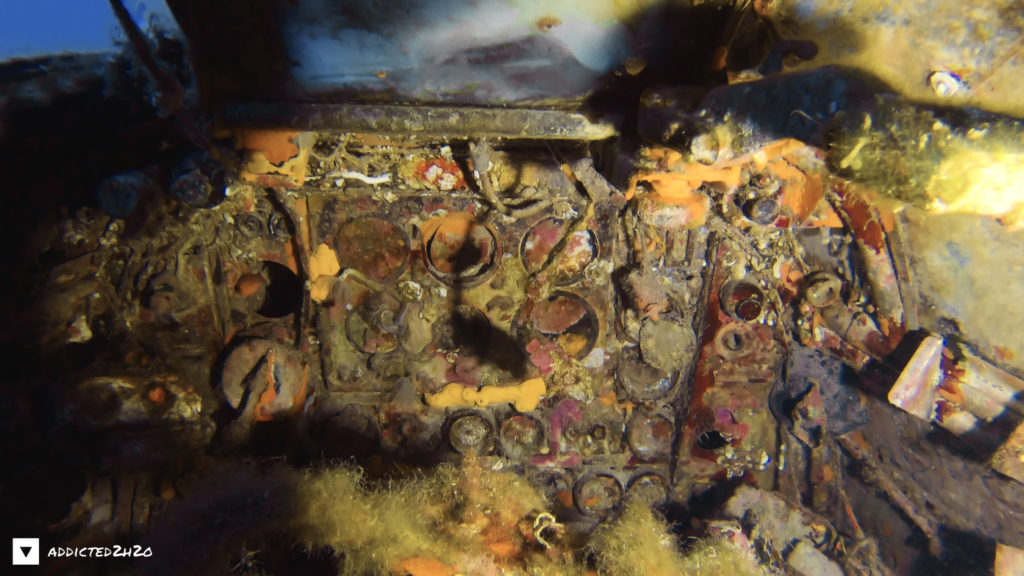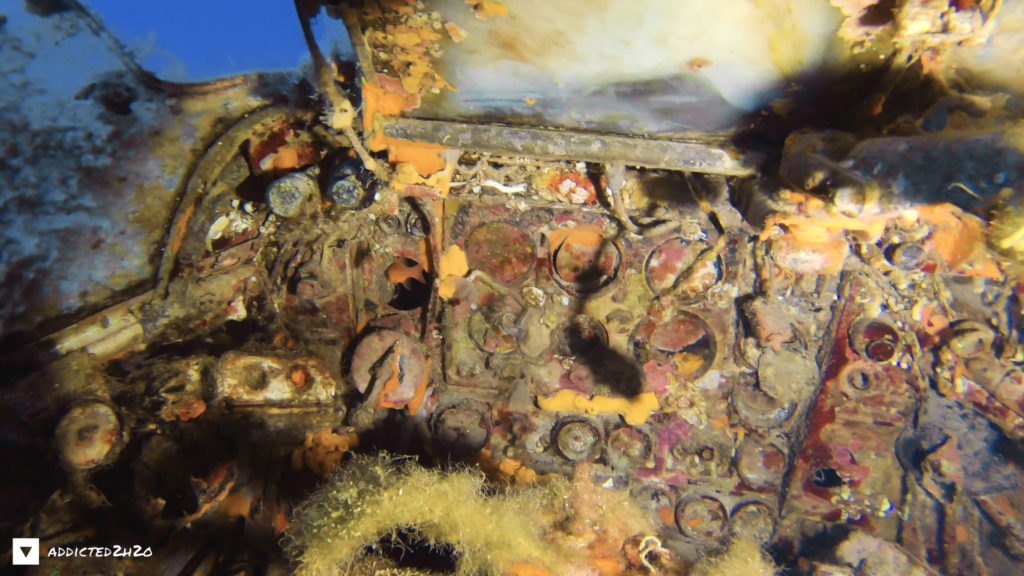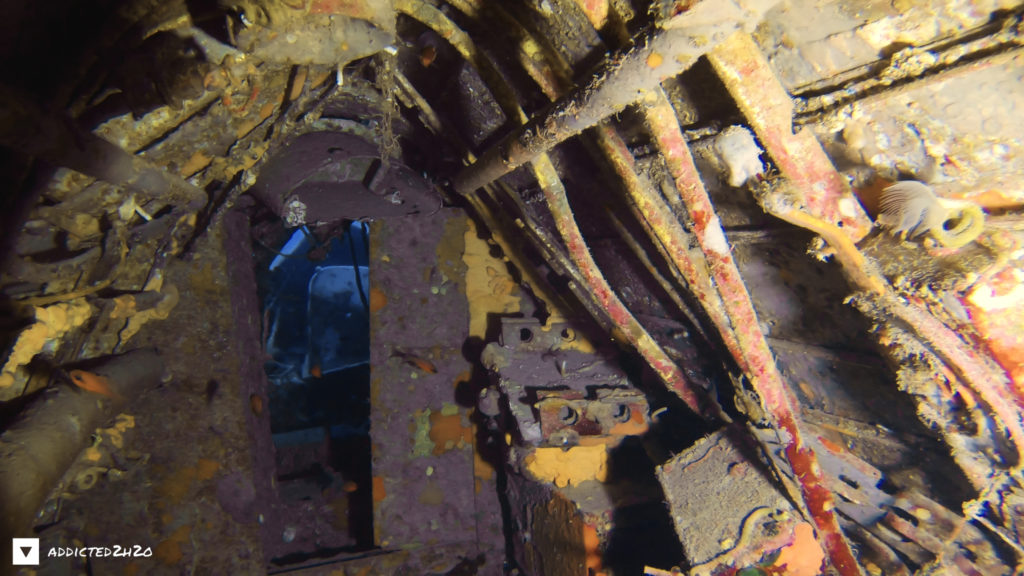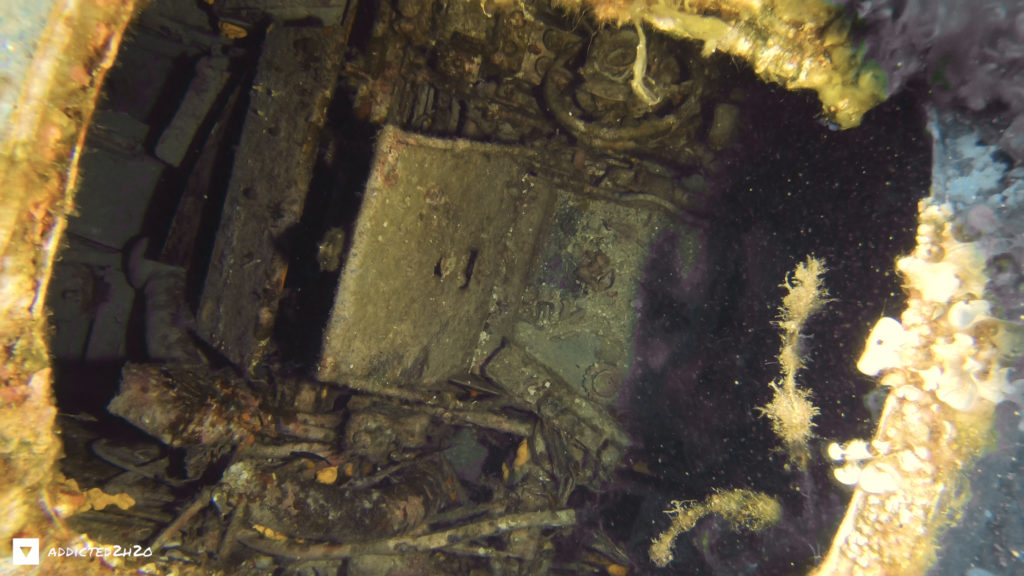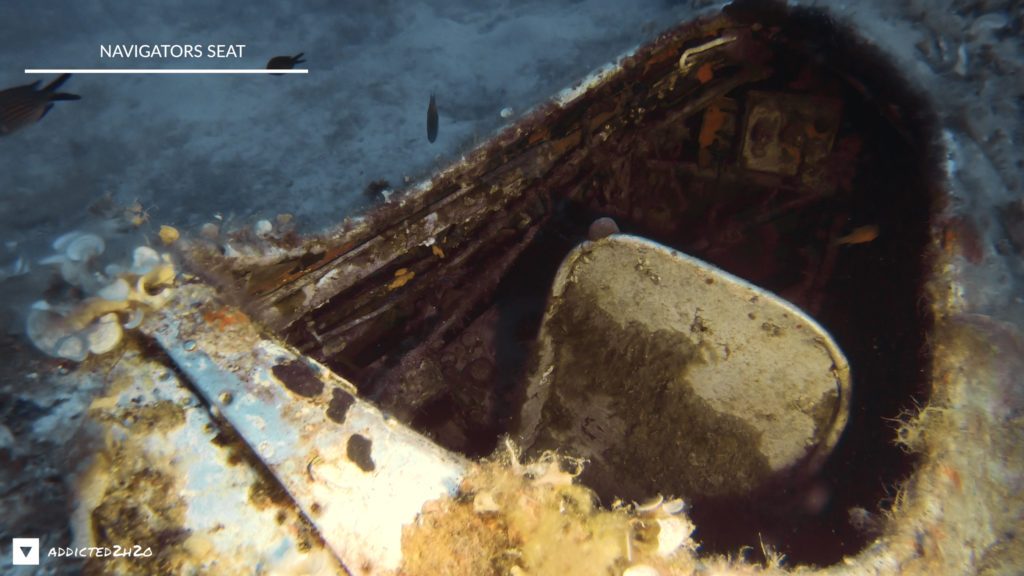BRISTOL BEAUFIGHTER
NAXOS
The Bristol Type 156 Beaufighter is a British multi-role aircraft developed during the Second World War by the Bristol Aeroplane Company. Originally conceived in 1938 as a heavy fighter a variant of the Bristol Beaufort torpedo bomber. The aircraft quickly proved to be an effective night fighter which came into service with the Royal Air Force (RAF) during the Battle of Britain, its large size allowing it to carry heavy armament and early airborne interception radar without impeding its performance. The aircraft saw extensive service during the war with the RAF 59 Squadrons, Fleet Air Arm (15 Squadrons), RAAF (seven squadrons), Royal Canadian Airforce (four squadrons), United States Army Air Forces (four squadrons), Royal New Zealand Air Force (two squadrons), South African Air Force (two squadrons), and the Free Polish Air Force (one squadron). Variants of the Beaufighter were manufactured in Australia by the Department of Aircraft Production (DAP) such aircraft are sometimes referred to as the DAP Beaufighter.
Despite its hefty weight, the Bristol Beaufighter was quite fast and very well-armed. It was manned by two people. The Mk X had two powerful Hercules 1,770 horsepower engines and a range of 2,366 kilometers. It had six fixed forward-facing 7.7 mm caliber machine guns (four on the starboard wing, two on the port wing) and a 7.7 mm rear gun – the well-known Vickers K – which was operated by the Gunner/Navigator in the event of a dogfight. Vickers machine guns were extensively used as anti-aircraft defense on many ships, as well as by the British infantry in their operations. The Vickers K was mounted in the rear gunner’s position, which was a transparent dome (called a cupola), aft of the cockpit and mid-point along the fuselage. The aircraft also had four forward-firing 20-millimeter Haspano Mk III cannons which were mounted in the nose, just below the pilot’s position. Finally, the external bomb payload could be a single torpedo, two 113-kilogram bombs mounted beneath the fuselage, or eight 41-kilogram air-to-surface rockets mounted under the wings. It had a wingspan of 17.63 meters and a total fuselage length of 12.70 meters.
In late October of 1943 on a Saturday afternoon two American Mitchel B-25s and two British Bristol Beaufighters having bombed the German airfield of Paros are flying low just above the sea making their way to the Port of Naxos. Two Arado 196 light fighters appear and a dogfight immediately ensues. One slower American Mitchels is soon shot down and hounded by one of the German aircraft, the crew in one of the Beaufighters struggles to escape. The aircraft is hit, and the gunner/navigator T. Harper reports one side of the fuselage is peppered with gaping holes. With the aircraft now losing altitude the German breaks off the attack, leaving his wounded victim to its fate. The pilot Captain W. Hayter manages to ditch the plane at sea and the crew is able to exit the aircraft before it sinks. In spite of this both crew members were injured and had to swim to reach the shoreline. Local inhabitants with the assistance of Greek resistance fighters risked their lives and took care of the crew before they were rescued from the island by a British Patrol in a submarine, originally disembarking in Leros on November 6th 1943, and then taken to their base in Cyprus.
The wreck today is lying at a depth of 34 meters. It is in an excellent condition considering all the years it is sitting on the bottom of the sea. The nose cone and one of the propellers is missing from the starboard engine. Most likely this is damage that was caused from the ditching of the plane. The remaining propeller has severely bent blades, indicating the engines were in operation when the aircraft plunged into the sea. Damage from the bullets is also evident and can be seen on the fuselage and the tail section of the aircraft. The cockpit canopy is open while the entire glass dome of the Gunner/Navigator seat is missing. The cockpit and internal instruments of the aircraft are also in great condition. It is an excellent dive and a truly unique experience visiting such a historic wreck. We thank Nima Diving Center in Naxos for the support making this dive possible.
Divers:
Erikos Kranidiotis
Stelios Stamatakis
Sources:
Kimon Papadimitriou. Wreck History. Original article by Vasilis Mentogiannis.
Pierre Kosmidis. WW2Wrecks.com
https://en.wikipedia.org/wiki/Bristol_Beaufighter
Do what you can’t



